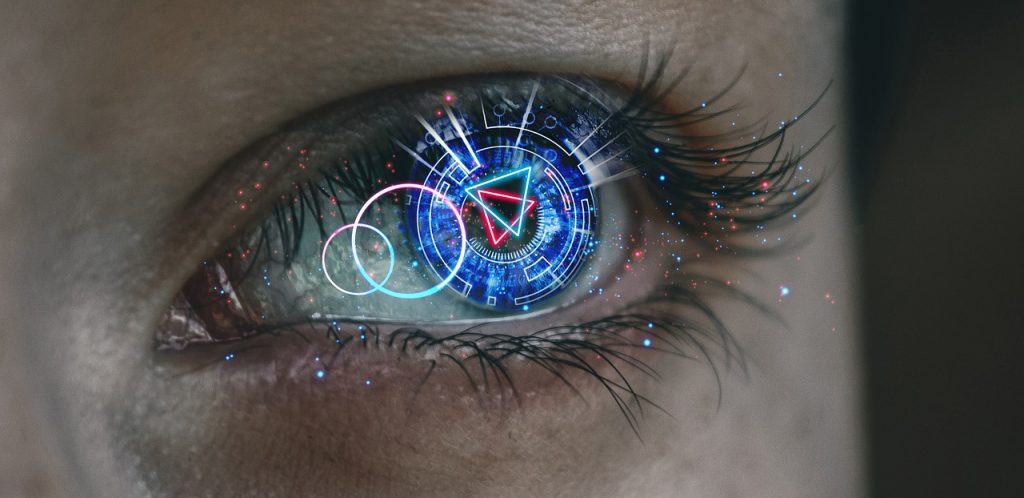The Human Eye Can Reveal Shocking Health Information
Scientists have discovered that the human eye can show early signs of Alzheimer’s before symptoms are present.
This article is more than 2 years old

Scientists have discovered that the human eye can show early signs of Alzheimer’s before symptoms are present. The neurological disease begins in the brain decades before memory loss and behavioral changes become apparent. If doctors can identify it early, people can control their modifiable risk factors, which include high blood pressure, high cholesterol, and diabetes.
Published in the journal Acta Neuropathologica, the study was conducted by researchers at Cedars-Sinai Medical Center in Los Angeles. Scientists analyzed human eye and brain tissue from 86 donors diagnosed with Alzheimer’s or cognitive decline before they died. The samples were collected over 14 years and compared to donors with normal cognitive function.
After examining the human eye tissue, significant increases in beta-amyloid (a key marker for the disease) were found in people with Alzheimer’s. Microglial cells declined by 80 percent in folks with varying cognitive problems. These particular cells are vital for clearing beta-amyloid from the brain and retina. They also work to repair other cells.
Senior Author of the human eye study, Maya Koronyo-Hamaoui, discussed the findings with CNN Health. “Our study is the first to provide in-depth analyses of protein profiles and the molecular, cellular, and structural effects of Alzheimer’s disease in the human retina and how they correspond with changes in the brain and cognitive function,” she told the publication.
Koronyo-Hamaoui, who is also a Professor of Neurosurgery and Biomedical Sciences at Cedars-Sinai, explained that the changes to the human eye correlated with changes in a part of the brain known as entorhinal and temporal cortices. This part of the mind is responsible for memory, navigation, and the perception of time. There were also higher numbers of other cells responsible for tissue death.
Inflammation markers, which could be another important marker for Alzheimer’s disease, were also apparent in folks with mild cognitive impairment. That means regular testing may aid in early diagnosis since tissue atrophy and inflammation in the far periphery of the human eye are most predictive of mental status.
“These findings may eventually lead to the development of imaging techniques that allow us to diagnose Alzheimer’s disease earlier and more accurately,” Neurologist Richard Isaacson told CNN Health. It could also enable doctors to monitor the progression of the disease noninvasively by examining the human eye. Interestingly, this isn’t the first study dedicated to detecting early signs of cognitive decline.
A specific type of human eye exam, called optical coherence tomography angiography (OCTA), has been shown to find changes in the retina that may signal Alzheimer’s disease. OCTA is a noninvasive test. Light waves are reflected off red blood cells to create 3D images of the vessels in different parts of the eye, focusing on the retina.
This exam takes about 10 minutes and is entirely painless. A 2022 study published by the National Library of Medicine found that the changes in retinal blood vessels identified by the optical coherence tomography angiography test may be a marker for early Alzheimer’s disease. Researchers found that deterioration in the blood vessels in the human eye occurs when similar changes occur in the brain.
While more research is needed, the potential of a simple human eye exam as a tool for the early detection of Alzheimer’s disease is promising. Early diagnosis promises swift intervention and treatment, which may help slow the disease’s progression and improve patient outcomes.
Alzheimer’s is a progressive neurological disorder characterized by memory loss, disorientation, and other cognitive impairments. While it affects millions of people across the globe, there is currently no cure.



